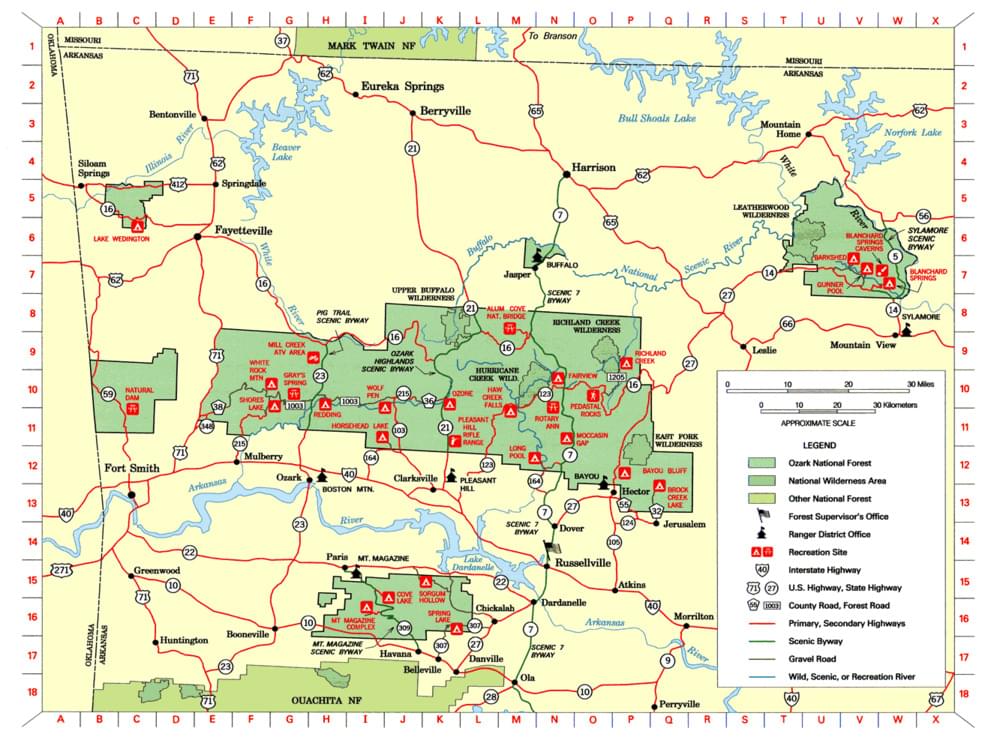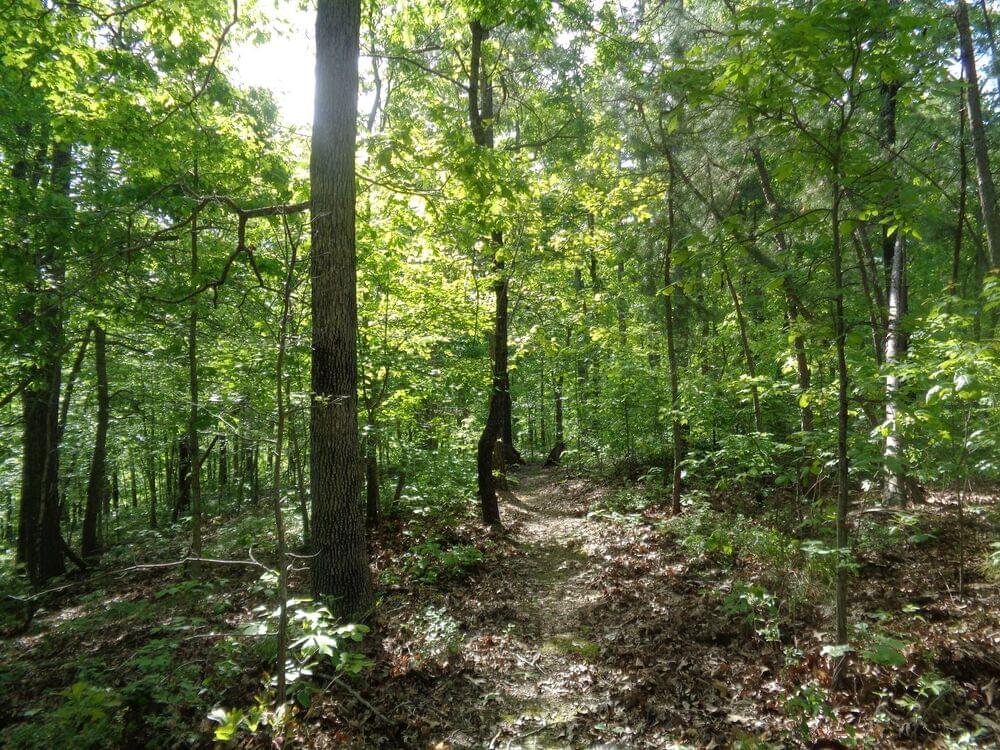Ozark NF--Blanchard Springs

Ozark NF--Blanchard Springs
Fifty-Six, Arkansas 72533
Official WebsiteOzark National Forest (Main Division) Official Website
Ozark-St. Francis National Forest website
Ozark-St. Francis National Forest maps
Birds of Interest
The Ozark-St. Francis National Forests are a significant source site for a wide variety of interior forest birds from Yellow-billed Cuckoos to Worm-eating Warblers. The Forests supports more than 1% of the state's population of interior forest birds including Acadian Flycatcher, Wood Thrush, Cerulean Warbler, Black-throated Green Warbler, and Chestnut-sided Warbler. Future Forest management will provide habitat for woodland and savannah species such as Brown-headed Nuthatch, Bachman's Sparrow and Painted Bunting.
About this Location
The Blanchard Springs Recreation Area offers a rich outdoor experience. Stroll on the paved trail to where Blanchard Springs gushes as a waterfall from the hillside. Swim in the clear waters of the North Sylamore Creek. Hike into the Ozark woods for an hour or a weekend. Try your luck catching rainbow trout from Mirror Lake, an accessible facility. Blanchard Springs Caverns has 3 tours- Dripstone Tour, Wild Cave Tour, & Discovery Tour (Summer only).
Accessibility -- Mirror Lake is an accessible facility for fishing. The trail to Blanchard Springs is also accessible.
Sylamore District
The Forests have 3 ranger districts (Mt. Magazine, St. Francis National Forest, Sylamore) some distance from the main division that support many of the same species as the main division. One of these far-flung districts, the Sylamore, encompasses the northern part of Stone County as well as parts of Baxter, Marion, and Searcy Counties. This district is dominated by oak-hickory forest but also has pine stands and a significant portion of the Forests’ glades.
About Ozark National Forest (Main Division)
See all hotspots at Ozark National Forest (Main Division)
The southernmost portion runs along the Arkansas River Valley south to the Ouachita Mountains. The northern boundary extends beyond Lone Rock to Matney Mountain in Stone County. On the west the forest patchwork touches Oklahoma. The Main Division contains 3 ranger districts (Big Piney, Boston Mountain, and Pleasant Hill), 4 Wilderness Areas (Richland Creek, Hurricane Creek, Upper Buffalo, and East Fork), 4 Wild & Scenic Rivers (Big Piney Creek, Hurricane Creek, Buffalo River, and Mulberry River), 5 Scenic Byways (Ozark Highlands, Pig Trail, Highway 123, Mulberry River Road and Scenic 7), and 3 State Wildlife Management Areas (White Rock, Piney Creeks, and Ozark National Forest). Six endangered species and 5 threatened species live in the IBA. Diverse flora in the region include more than 500 species of trees and woody plants. Hardwoods occupy 72 percent of the forests; the oak-hickory types dominate.
Ozark National Forest is managed for multiple uses including both consumptive and nonconsumptive commercial and recreational activities. Recreational activities include hiking, horseback riding, mountain biking, floating, kayaking, boating, camping, picnicking, swimming, hunting, fishing, wildlife watching, four-wheeler riding and photography.
Notable Trails
Day Hiking
The hike to Blanchard Springs is easy and accessible. A trail goes around Mirror Lake. Although the North Sylamore Creek Trail is a longer trail, parts of it are fun for short hikes.
Backpacking
The North Sylamore Creek Trail is available for longer overnight hikes. The trail connects all three recreational areas on the district - Blanchard Springs, Gunner Pool, and Barkshed. The trail is not a loop trail. See more about the North Sylamore Creek Trail at Ozark NF -- Allison Trail Head
Features
Restrooms on site
Wheelchair accessible trail
Entrance fee
Roadside viewing
Content from Ozark National Forest (Main Division) Official Website
Last updated November 28, 2023
 U.S. Forest Service
U.S. Forest Service